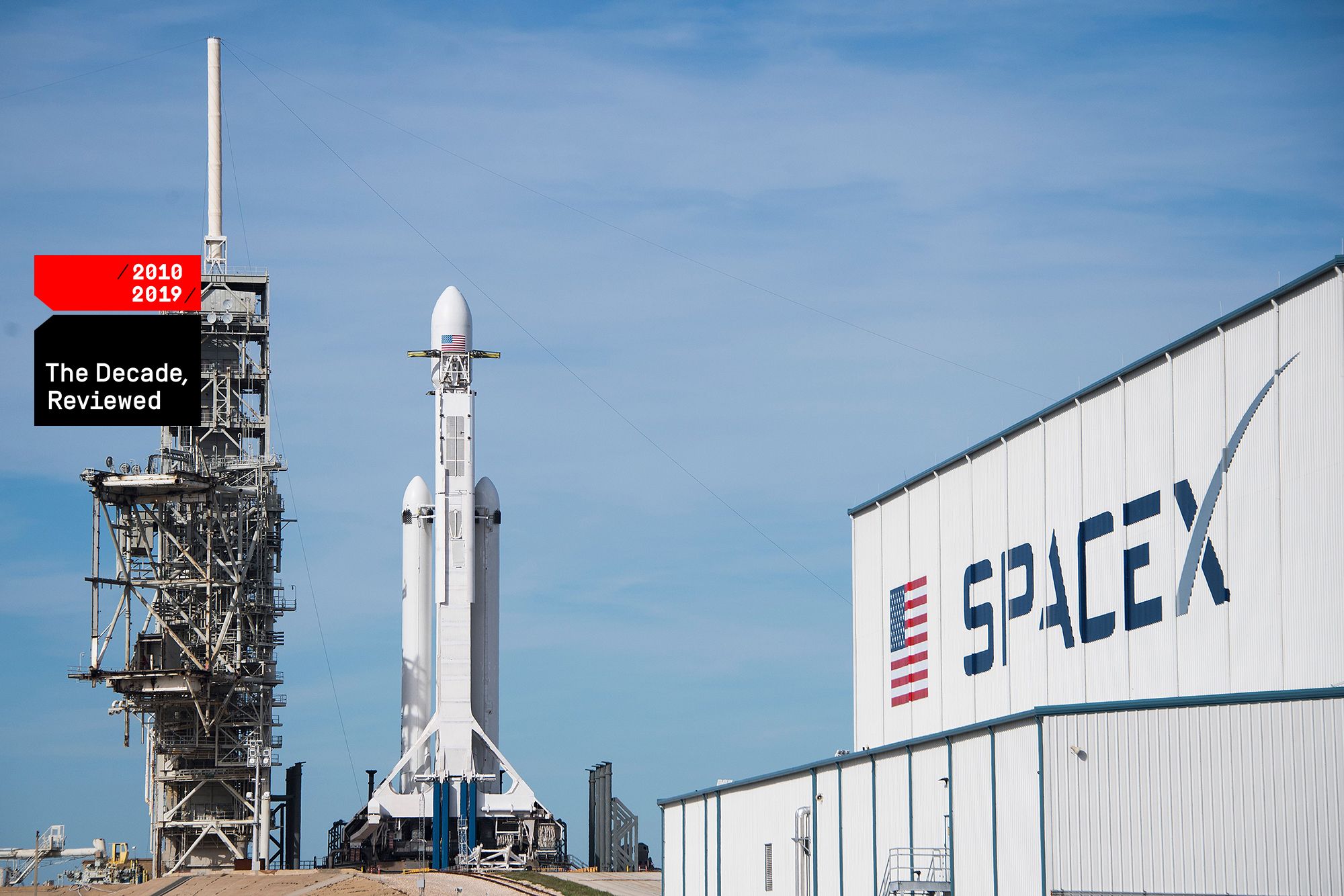SpaceX, the aerospace manufacturer and space transportation services company founded by Elon Musk, has revolutionized the space industry. Since its inception in 2002, SpaceX has developed cutting-edge technologies that have transformed the way we view space exploration. From reusable rockets to the development of the Starship spacecraft, SpaceX has been leading the charge towards making space travel more accessible and sustainable. In this article, we will explore the history of SpaceX, its accomplishments, and its plans for the future.
History of SpaceX
In 2002, Elon Musk founded SpaceX with the goal of reducing the cost of space transportation and eventually making human life multi-planetary. Musk saw an opportunity to disrupt the stagnant space industry, which was dominated by a few large government agencies and contractors. He believed that private enterprise could achieve more cost-effective and efficient space exploration by leveraging technology and innovative business practices.
SpaceX’s first launch occurred in 2006 when it successfully launched a Falcon 1 rocket into orbit. It was a historic moment, as SpaceX became the first privately-funded company to send a liquid-fueled rocket into orbit. The company continued to develop its rockets and spacecraft over the years, achieving several milestones along the way.
Accomplishments of SpaceX
One of the most significant achievements of SpaceX has been the development of reusable rockets. Traditional rockets were designed to be used only once and discarded after a single use, making space exploration incredibly expensive. However, SpaceX’s Falcon 9 rocket was designed to be reusable, significantly reducing the cost of space transportation.
In 2015, SpaceX achieved the first successful landing of a Falcon 9 rocket, marking a significant milestone in space exploration. Since then, SpaceX has continued to make advances in rocket reusability, landing multiple Falcon 9 rockets on land and at sea.
In 2012, SpaceX made history by becoming the first privately-funded company to send a spacecraft, the Dragon, to the International Space Station (ISS). The Dragon was designed to transport cargo and eventually crew to the ISS, marking a significant step towards commercial space travel.
In 2020, SpaceX made headlines with its successful launch and return of the Crew Dragon spacecraft, marking the first time that astronauts were launched into space from U.S. soil since the end of the Space Shuttle program in 2011. The mission, called Demo-2, was a critical milestone for SpaceX and the future of commercial space travel.
Future of SpaceX
SpaceX has ambitious plans for the future of space exploration. The company is currently developing the Starship spacecraft, which will be capable of carrying up to 100 passengers and cargo to the moon, Mars, and beyond. The Starship will be the most powerful spacecraft ever built, featuring advanced propulsion systems, reusable rockets, and a fully reusable spacecraft.
SpaceX plans to use the Starship to establish a permanent human presence on Mars, beginning with an unmanned mission in the mid-2020s. Musk has stated that his ultimate goal is to create a self-sustaining city on Mars, allowing humans to become a multi-planetary species and ensuring the survival of the human race in the event of a catastrophic event on Earth.
Conclusion
SpaceX has disrupted the space industry with its innovative technologies and business practices. The company has achieved several significant milestones, including the development of reusable rockets and successful missions to the International Space Station. With the development of the Starship spacecraft, SpaceX is poised to make an even more significant impact on the future of space exploration. By making space travel more accessible and sustainable, SpaceX is laying the foundation for a future in which humanity becomes a multi-planetary species.



